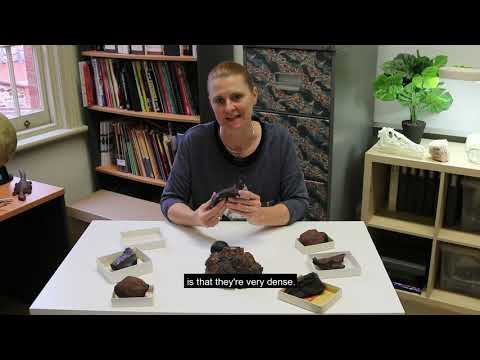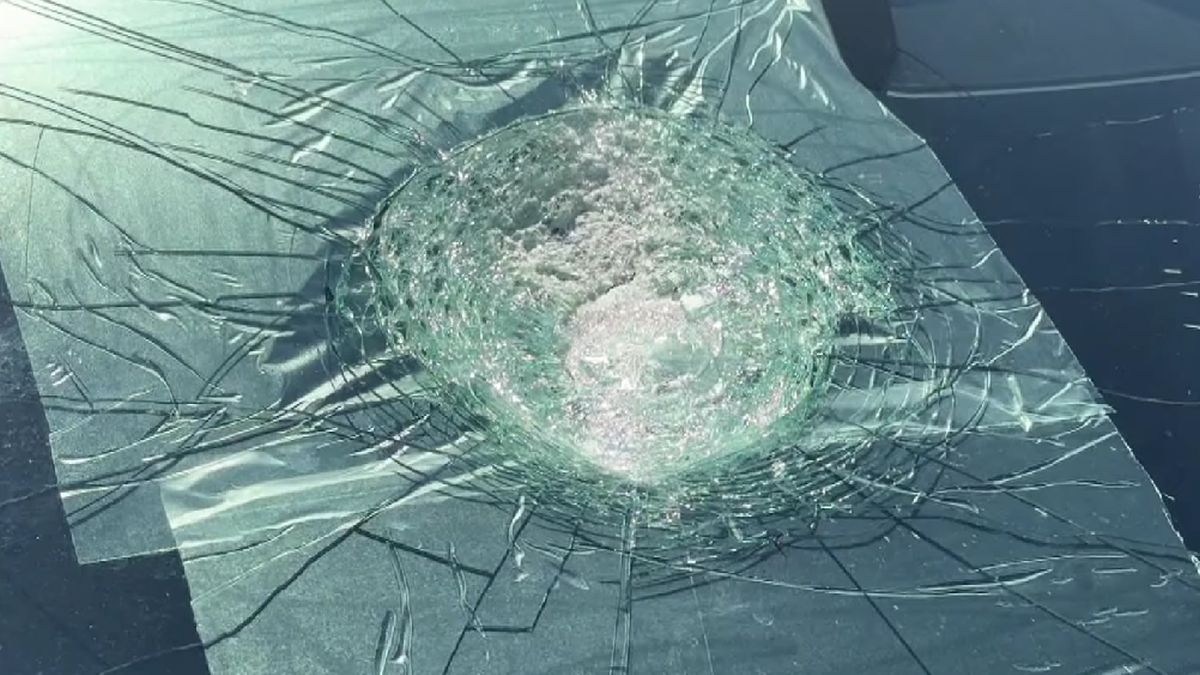Tesla in Australia Struck by Mystery Object And It Could Be a World First
An object that struck an Australian man’s Tesla as he was traveling along a highway may have been a meteorite.
Andrew Melville-Smith, a veterinarian from Whyalla in South Australia, told the Australian Broadcasting Corporation (ABC) that the object hit his windscreen with such force that the glass appeared to soften and partially melt, and cracks spidered out from the point of impact.
The car, which was reportedly in Autopilot mode at the time, continued driving blithely as though nothing had happened.
Related: Burning Object Found in Australian Desert Likely Fell From Space
Melville-Smith reported the incident and its location to the South Australian Museum, which is currently investigating to determine the provenance of the projectile.
If the object turns out to be a meteorite, it may be the first recorded instance of a meteorite hitting a moving vehicle.
“I thought we’d crashed, it was that loud, it was that violent, it was totally unexpected,” Melville-Smith told the ABC. “The car was driving along and unconcerned … it wasn’t aware of the chaos that was going on in the cabin.”

Material from space constantly rains down on Earth at a rate of about 5,200 tons per year. However, most of that mass is in the form of microscopic dust that you’d not even recognize as cosmogenic unless someone told you.
There’s a good chance you have teeny tiny meteorites accumulating in your roof gutters even as you read these words.
Larger chunks are rarer; they tend to burn and disintegrate in the atmosphere as they fall. It’s vanishingly rare that anyone even sees a meteorite land, let alone gets hit by one.

The museum’s first course of action is to examine the windscreen itself to see if any particles may have embedded in the glass. If the results are consistent with a space origin, the mineralogists will then go search for the meteorite itself.
“The really unusual thing is that the glass of his windscreen has actually melted a little bit; there was a lot of heat in whatever hit the windscreen,” mineralogist Kieran Meaney of the South Australian Museum told the ABC.
Scientists believe that meteorites themselves are actually quite cold when they land on the surface; the heat of atmospheric entry can burn and vaporize away the surface layer of the object without transferring much heat to the interior.
However, if an object is moving fast enough, it can generate intense heat on impact as its kinetic energy is converted into thermal energy.
Nevertheless, other explanations may be more likely, including space junk, something falling from a passing aircraft, or even just an ordinary Earth rock.
“It may be the case once we investigate further, we find out it’s something different, but at the moment [a meteorite is] the theory we are working with,” Meaney said.
“If we do find out that it is a meteorite, we will probably end up going out to where this happened and trying to find the bit of rock.”
What did you think of this news? Leave a comment below and/or share it on your social media. This way, we can inform more people about the hottest things in technology, science, innovation, and gaming!
This news was originally published in:
Original source


